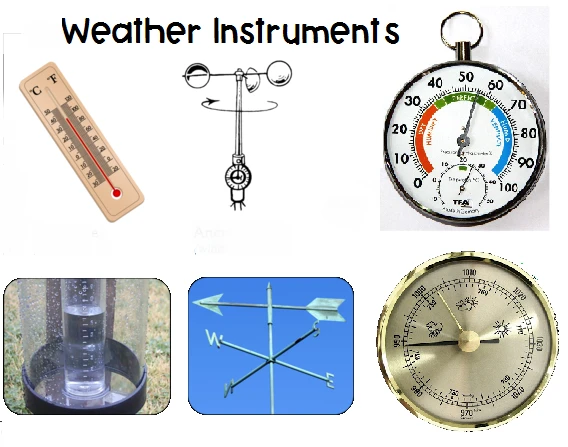Weather Gauges and Instruments for Accurate Meteorological Measurements

# Weather Gauges and Instruments for Accurate Meteorological Measurements
## Understanding the Importance of Weather Instruments
Weather gauges and instruments play a crucial role in meteorological science, providing essential data for weather forecasting, climate studies, and environmental monitoring. These tools help scientists and meteorologists measure various atmospheric conditions with precision, enabling better understanding of weather patterns and more accurate predictions.
## Essential Weather Measurement Tools
### 1. Thermometers: Measuring Temperature
Thermometers are fundamental instruments for measuring air temperature. Modern digital thermometers provide quick and accurate readings, while traditional mercury or alcohol thermometers remain reliable options for many applications.
### 2. Barometers: Tracking Atmospheric Pressure
Barometers measure atmospheric pressure, which is critical for weather prediction. Mercury barometers and aneroid barometers are common types, with digital versions becoming increasingly popular for their convenience and accuracy.
### 3. Hygrometers: Determining Humidity Levels
Hygrometers measure the amount of moisture in the air, known as humidity. These instruments come in various forms, including psychrometers, capacitive hygrometers, and resistive hygrometers, each with specific advantages for different measurement scenarios.
## Advanced Meteorological Instruments
### 1. Anemometers: Wind Speed and Direction
Anemometers measure wind speed, while wind vanes determine wind direction. Cup anemometers and sonic anemometers are widely used in weather stations and research facilities.
### 2. Rain Gauges: Precipitation Measurement
Rain gauges collect and measure the amount of liquid precipitation over a set period. Standard rain gauges, tipping bucket rain gauges, and weighing rain gauges are common types used in meteorological observations.
### 3. Pyranometers: Solar Radiation Measurement
Pyranometers measure solar radiation flux density (W/m²) on a planar surface. These instruments are essential for studying solar energy potential and understanding climate patterns.
## Choosing the Right Weather Instruments
When selecting weather gauges and instruments, consider:
– Accuracy requirements
– Environmental conditions
– Maintenance needs
– Data recording capabilities
– Budget constraints
Professional-grade instruments typically offer higher precision but may require more maintenance and calibration than consumer-grade options.
## Maintaining Your Weather Instruments
Proper maintenance ensures accurate measurements:
– Regular calibration according to manufacturer specifications
– Cleaning sensors and protective enclosures
– Checking for physical damage or wear
– Protecting instruments from extreme conditions when possible
– Following manufacturer guidelines for storage and operation
## The Future of Weather Measurement Technology
Emerging technologies are revolutionizing meteorological measurements:
– Wireless sensor networks for distributed monitoring
– Miniaturized instruments for portable applications
– Advanced data analytics for improved forecasting
– Integration with IoT platforms for real-time monitoring
– Improved durability for harsh environments
As technology advances, weather gauges and instruments continue to become more precise, reliable, and accessible, contributing to better understanding of our planet’s complex atmospheric systems.
Keyword: weather gauges instruments

